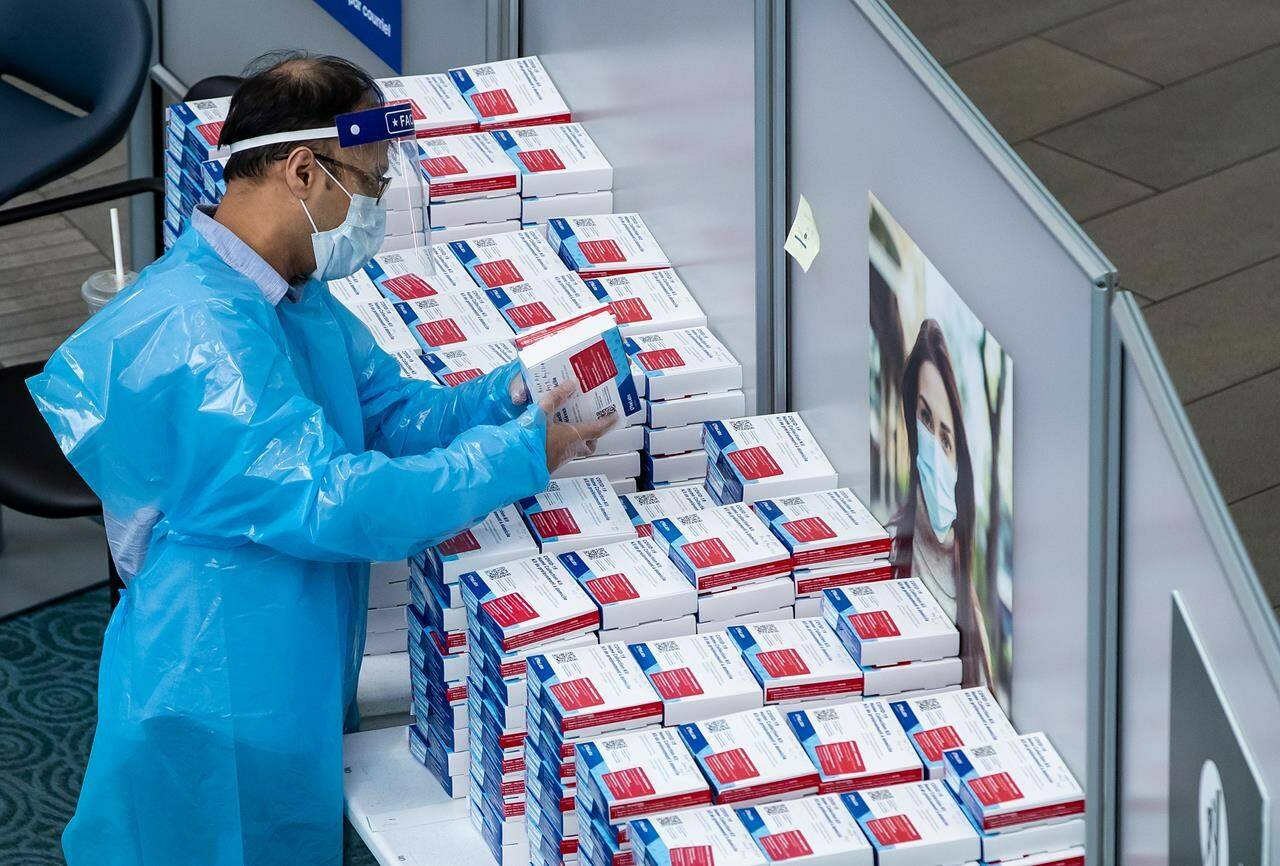A subtype of the COVID-19 variant is becoming predominant in Saskatchewan and is spreading throughout Western Canada, but health officials say it is not considered a variant of concern.
The AY.25.1 subtype likely originated in the mid-western United States where it mutated, said Dr. Jessica Minion, a Saskatchewan Health Authority medical microbiologist who presented the information to a health authority meeting last week.
In Saskatchewan, AY-25.1 and another subtype, AY.27, have mainly displaced the original Delta variant. AY-25.1 is also spreading interprovincially in Alberta and British Columbia.
Health officials across Western Canada say the subtype is not more contagious.
“There is no evidence it causes more severe illness, that it evades vaccine protection, that it is significantly different from the Delta variant that has been circulating,” said Dr. Deena Hinshaw, Alberta’s chief medical officer of health, during a COVID-19 briefing.
“When viruses replicate, they can change their genetics slightly, so sometimes you have these sublineages that evolve. But that doesn’t necessarily mean that they behave differently from that parent strain, and that’s the case with this particular sublineage.”
Dr. Saqib Shahab, Saskatchewan’s chief medical health officer, said the public shouldn’t read too much into the subtype.
“What we’re seeing is something all jurisdictions see,” Shahab said.
“If there are any concerning trends that emerge, we’ll bring that back to the public.”
Minion, who is a member of the Pan-Canadian Public Health Network, said the Delta variant has been branching out into new evolutionary trees across the world including the United States, the United Kingdom and Asia.
“These evolutionary trees, which are still Delta, we are calling them AY-various numbers,” Minion said.
“Having these different AY lineages does not necessarily imply any biological differences when we determine it’s a new lineage. All we’re saying is there are stable new sequences in the viral code that have accumulated enough to make it noticeably different than what came before it.”
Saskatchewan is monitoring the sublineage as is required by international health regulations, but health officials reiterate it’s normal biology.
“Viruses don’t stay static, especially COVID, which is given trillions of opportunities on a daily basis to evolve and mutate,” Minion said.

